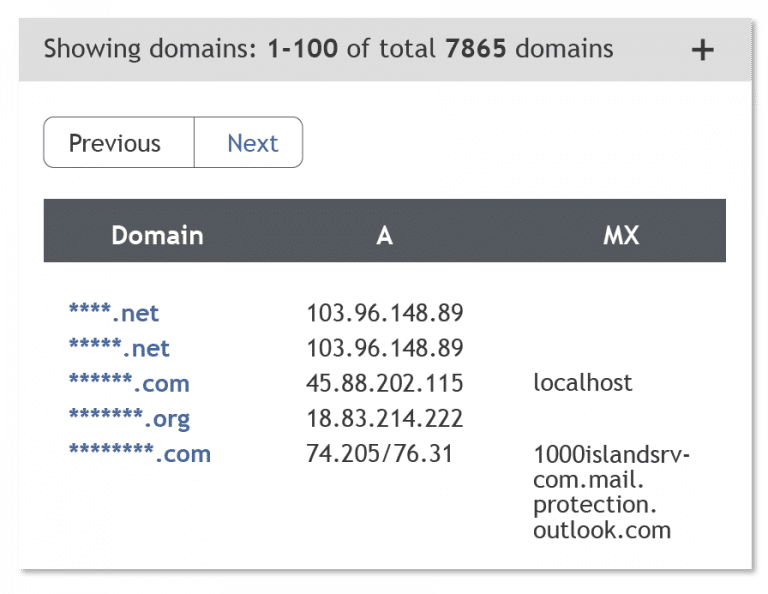IDENTIFY SCAMMERS
USING DOMAIN RESEARCH PLATFORM
Brand owners work hard to build up their business names. But the Internet is full of scammers. Many wrongdoers infringe brands with counterfeits, damaging their reputation and forcing companies to spend millions to fight back. This fight is not easy and anyone who says there is an easy way to identify scammers is just not telling the truth.
Brand protection requires analysis. And analysis requires data.
Step 1: Use HTML Tags

Step 2: Make your search precise
There are two important features here that are worth mentioning.
First, there is an option to add a sub-filter and set it to Exclude words mode. This is a quite helpful feature to exclude false positive results. For example, if you exclude the word blog it will help you to narrow the search – the system will not return topical blogs thus simplifying the task of identifying scammers.
Secondly, it is possible to enable fuzzy search. Fuzzy string searching or approximate string matching is the technique of finding strings that match a pattern approximately rather than exactly. In simple terms, it means that a search engine will be able to respond adequately to your query even if it contains a misspelt word. Or a misspelt brand name in our case. Internet fraudsters often use misspelt brand names to trick consumers into buying fake goods. So Adidas becomes Abidas or Adibas, etc. With Fuzzy search enabled it is possible to find all of that.
Step 3: Process the list of results
As a result, you’ll have a list of domains for further investigation. The system will return not only domain names but also their IP-addresses, mail servers, registrars and other information that you opt to include.

Why not just use Google?
First of all, it would take an eternity to try to find them via search engine because these kinds of sites would not appear near the top pages, since they do not look credible to them.
The second reason is that Google, for example, will assume that you are looking for actual shopping and will display results according to your geolocation.
And lastly, most importantly, is that you will not be able to identify scammers while they’re just building their link networks trying to increase the flow of link equity to their domains. Since DomainCrawler’s Domain Research tool is using backlinks to collect information, we are able to identify the surge in the number of backlinks to the website and hence detect scammers in the process of building PBNs. This feature allows businesses to prevent brand infringements which of course saves money and protects brand’s reputation.
